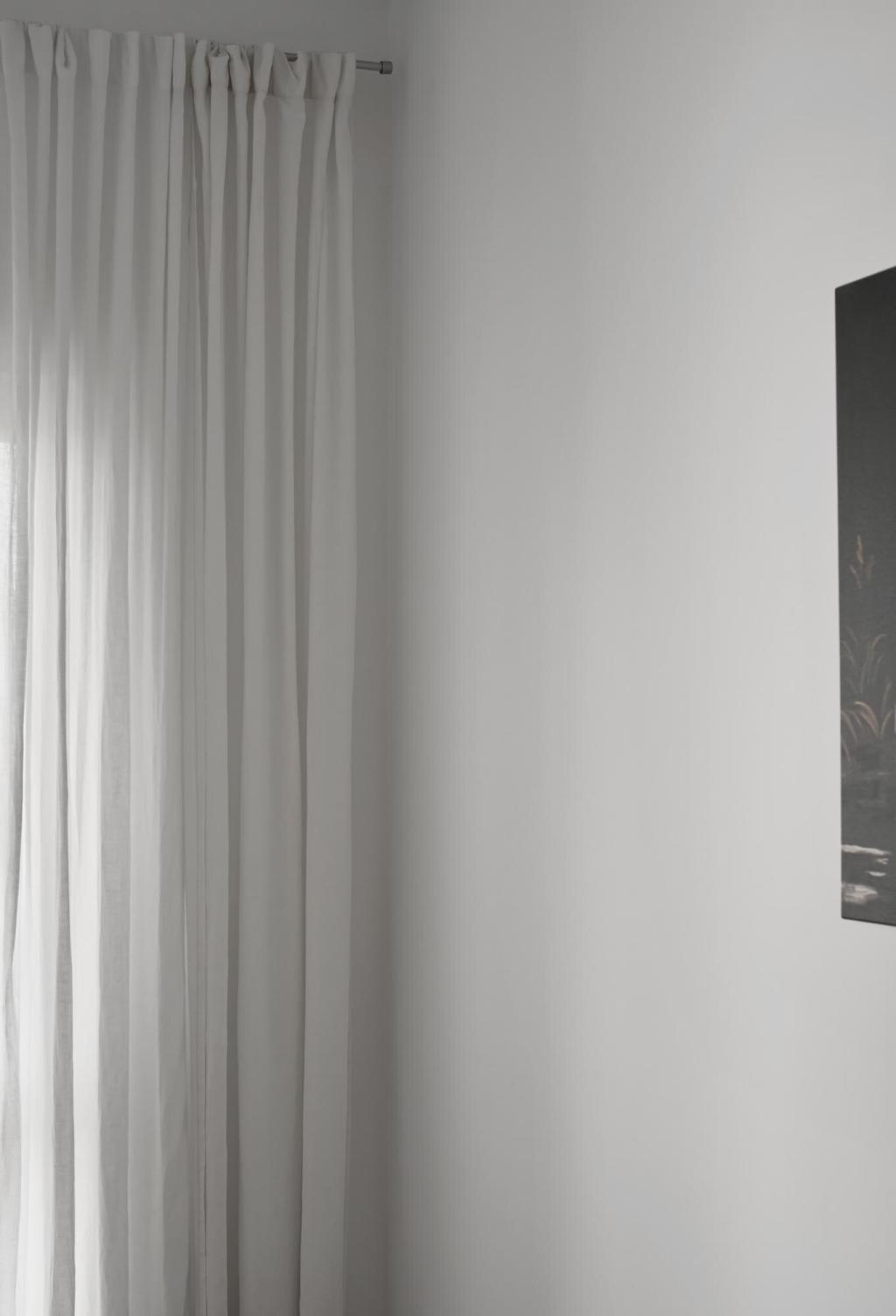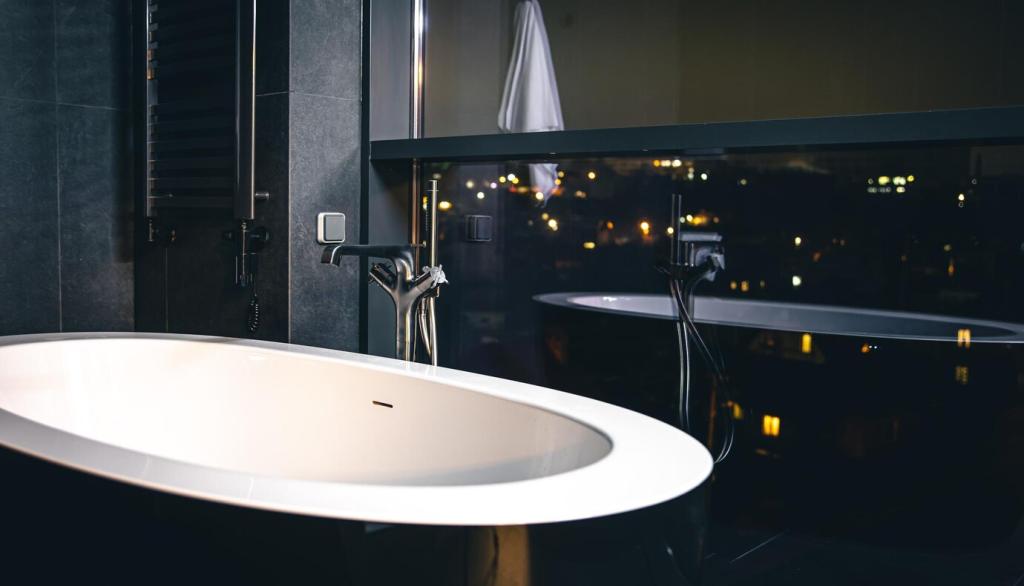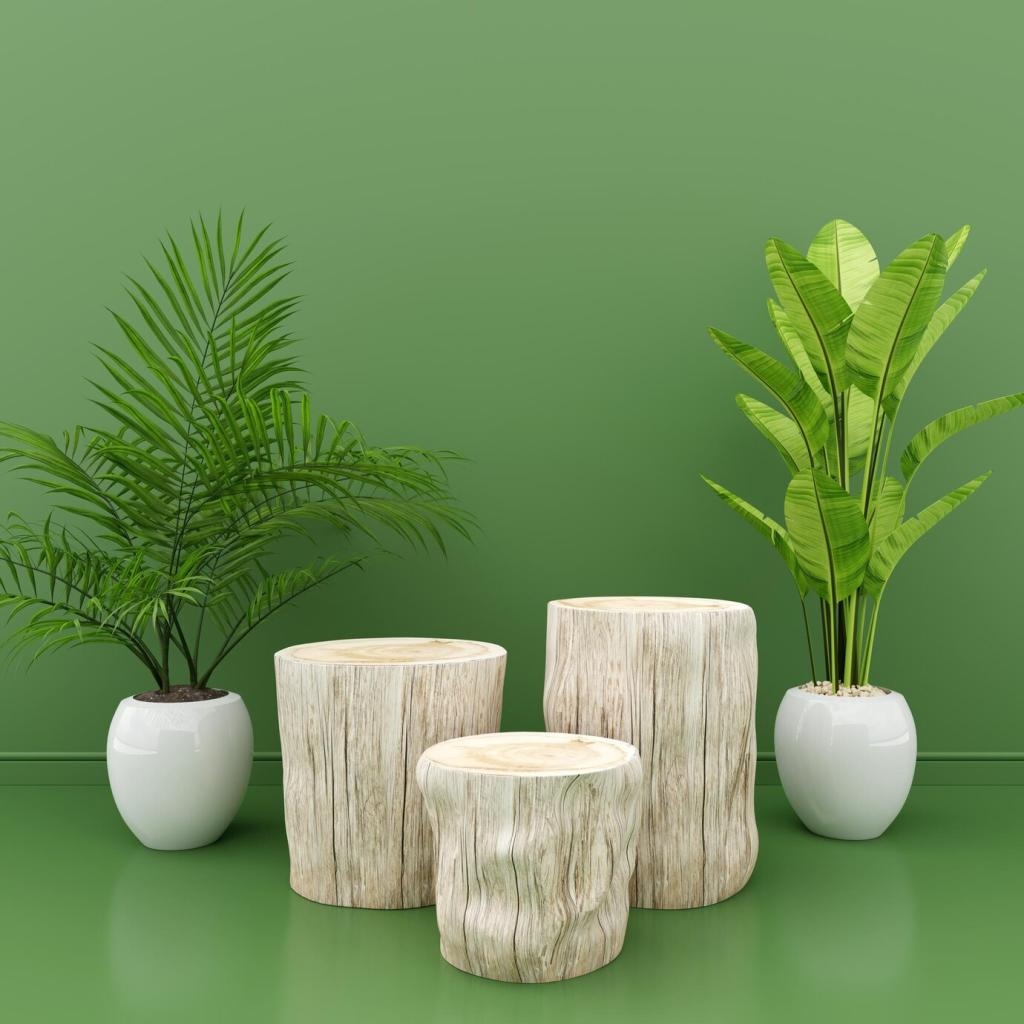Sustainable Materials for Minimalist Interiors
Today’s theme is “Sustainable Materials for Minimalist Interiors”—a calm, grounded approach to creating spaces that feel light, last long, and tread softly on the planet. Join our community, share your material wins, and subscribe for new case studies and supplier spotlights.
Start with Less: Principles for Sustainable Minimalist Spaces
Think in Lifecycles, Not Seasons
A minimalist interior thrives on materials that outlast trends. Prioritize longevity, repairability, and end-of-life options like recycling or composting. Ask how each piece will be maintained, and what happens when it finally retires.
Finish Smart: Low-VOC, Bio-Based, Repairable
Sustainable materials for minimalist interiors excel when finishes are low-VOC, plant-based, and easy to refresh. Natural oils and waxes let wood breathe, while avoiding harsh sealants that trap moisture and complicate future refinishing.
Light, Palette, and Empty Space as Materials
Treat daylight, neutral tones, and negative space like tangible resources. They reduce the need for extra objects, highlight honest textures, and create calm. Share your favorite daylighting trick and inspire others to pare back thoughtfully.
Wood Done Right: FSC Timber, Bamboo, and Cork
01
FSC Oak with a Story
A designer in Copenhagen salvaged FSC-certified oak offcuts for a dining table, celebrating small knots and variations instead of rejecting them. The result felt minimalist, heartfelt, and traceable—subtle warmth without excess ornament.
02
Bamboo Plywood, Layered Strength
Rapidly renewable bamboo plywood delivers lean silhouettes and structural reliability. Its tight, linear grain complements minimalist lines, and stranded varieties offer durability. Ask your supplier about formaldehyde-free resins for healthier indoor air.
03
Cork Underfoot, Quiet at Heart
Cork flooring cushions steps, dampens echo, and adds organic texture. It is harvested without felling trees and thrives in small spaces where acoustics matter. Share your cork maintenance tips so others can keep that matte, velvety finish.
Mineral Calm: Stone, Clay, and Limewash
Reclaimed limestone thresholds and slate hearths carry character that minimalism celebrates: quiet marks of time, gently softened edges, and variegated shades. Ask for provenance, thickness, and finish details to ensure safe reuse and easy maintenance.
Mineral Calm: Stone, Clay, and Limewash
Clay plasters moderate humidity, soften light, and welcome hairline repairs without fuss. Their matte glow pairs beautifully with sparse furniture. If you have tested a local clay mix, comment with your recipe and favorite trowel techniques.


Textiles that Touch Lightly: Linen, Wool, and Organic Cotton
Seek GOTS for organic fibers, OEKO-TEX for safety, and Responsible Wool Standard for humane sourcing. These labels cut through marketing noise and help minimalist interiors remain ethical, comfortable, and refreshingly transparent.
Textiles that Touch Lightly: Linen, Wool, and Organic Cotton
Plant-based dyes yield nuanced hues that harmonize with wood, stone, and clay. Wash cold, line dry, and mend small snags early. Share your favorite stain-removal tips to keep textiles in circulation, not in the bin.

Sourcing Salvage Responsibly
Visit architectural salvage yards with measurements in hand and a flexible mindset. A stack of old maple floorboards became serene headboards for two projects. Tell us your best salvage find and how you adapted it simply.

Upcycling Metal into Thin-Line Shelves
Powder-coated steel angle becomes minimal shelving that disappears visually while holding weight. Choose recycled content and matte finishes. Share your local fabricator recommendation to help others build light, strong, and endlessly reusable solutions.

Designing for Disassembly
Use mechanical fasteners instead of permanent glues, label parts, and keep an assembly map. When life changes, components can move, sell, or recycle easily. Subscribe for our modular joinery cheatsheet and tool list.



Sourcing Guide: Local, Transparent, and Traceable
Start Close to Home
Local timber mills, stone yards, and weavers reduce transport emissions and reveal production realities. Tour workshops, ask about waste streams, and meet craftspeople. Share a maker you admire so others can support them too.
Ask Better Questions
Request chain-of-custody certificates, recycled content percentages, and finish ingredients. If answers are vague, keep looking. Minimalist interiors should be as clear in origin as they are in appearance. Tell us your go-to verification checklist.
Care Routines that Extend Life
Schedule seasonal oiling, stone resealing, and textile mending. When maintenance is consistent, replacement slows dramatically. Subscribe for our printable care calendar tailored to sustainable materials for minimalist interiors.
Join our mailing list
